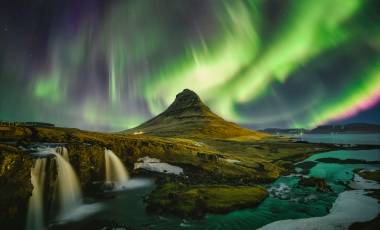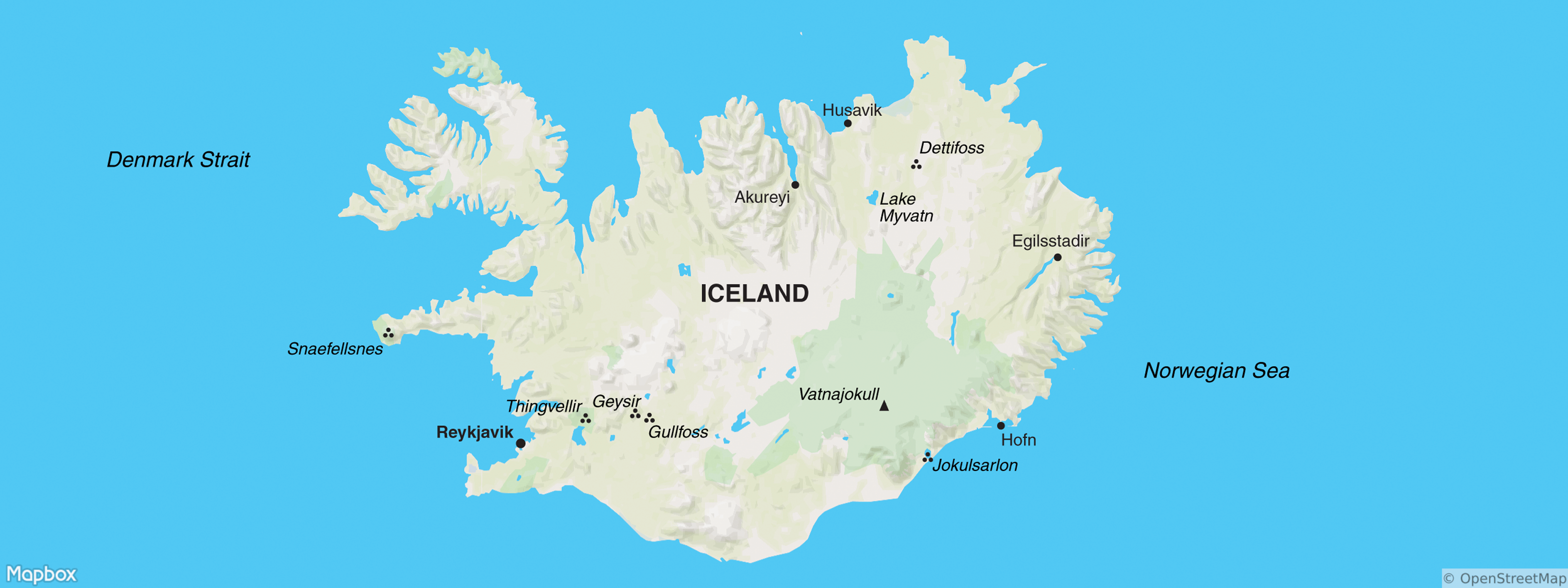A geological giant, Iceland is where volcanoes rumble, glaciers groan and the scenery astounds
Iceland Northern Lights

Shape your adventure: With Extensions, every beginning and ending is yours to create. Learn More.

A geological giant, Iceland is where volcanoes rumble, glaciers groan and the scenery astounds

All year round in Iceland there’s something extraordinary waiting to impress you. But when you travel will all depend on what you want to see on your trip. If you want to go on a Northern Lights tour, then between September and March is the best time to visit. If you want to enjoy other activities such as whale watching and outdoor activities, then visit in the summer months when the daylight hours are longer, and the weather is warmer. Spring can also be a good time for trekking holidays as the main sights are quieter, the snow begins to melt, and the land becomes greener.
Owing to the elusive nature of these sought-after phenomena, sightings can’t be guaranteed so it’s important that you choose the best times and locations to optimize your chances of seeing them. Between the months of September to March the Northern Lights are visible across clear, dark skies, away from any light pollution. While spring and autumn usually enjoy better weather conditions, in the winter months the skies remain darker for longer. The best time to go in search of the Aurora is between 9pm and 2am.
Iceland is located in the North Atlantic Ocean, just south of the Arctic Circle. It is situated east of Greenland, northwest of the United Kingdom, and west of Norway. Its strategic location places it between North America and Europe, making it a geographically significant island nation.
Iceland is famous for its breathtaking natural landscapes shaped by volcanic activity, featuring geysers, hot springs, and glaciers. It’s a prime destination for witnessing the Northern Lights, a spectacular natural light show in the Arctic sky.
Although you could probably cram some of the main sights into 3 days, it’s certainly not long enough to see everything that Iceland has to offer. We would recommend at least 5 days to explore and immerse yourself fully in the country’s nature and culture. For a more in-depth tour, anything from 7 days and upwards will allow you to venture further off the beaten track to discover lesser-known gems. It also gives you the opportunity to enjoy hikes into the mountains and more remote nature reserves.
Strokkur is the largest active geyser in Iceland and can be found in the Haukadalur Valley, with its boiling waters erupting every few minutes and reaching impressive heights of up to 130 feet. Great Geyser is arguably the most famous in Iceland and can outperform Strokkur with eruptions of up to 230 feet, however, it is currently dormant and was last active over 20 years ago. It can also be found in the Haukadalur Valley when you enjoy a tour of the Golden Circle on our Iceland trips.
The currency used in Iceland is the Icelandic króna, abbreviated as ISK.

Get regular inspiration straight to your inbox from Exodus’ experts.